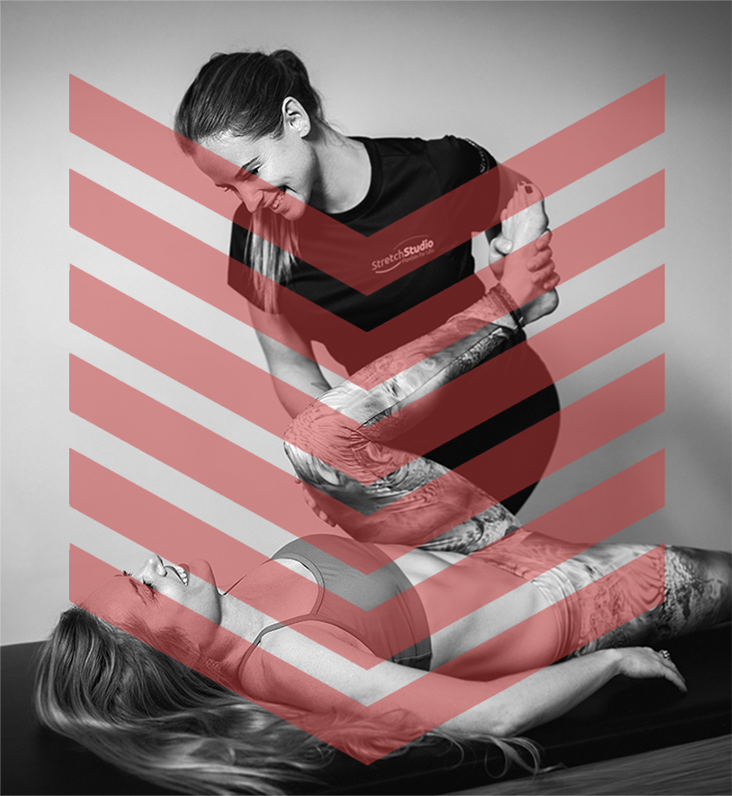After completing a long run, it’s essential to incorporate stretching Dubai Marina into your post-run routine to promote recovery, reduce muscle soreness, and prevent injury. Stretching helps relax tight muscles, improve flexibility, and restore mobility, allowing your body to recover more quickly and prepare for future workouts.
Stretch when your muscles are warm:
Stretching is most effective when your muscles are warm and pliable. After a long run, your muscles will be warmed up and more receptive to stretching. Take advantage of this window of opportunity by incorporating stretching into your post-run cool-down routine. Aim to stretch within 10-15 minutes of completing your run to maximize the benefits.
Hold each stretch for a sufficient duration:
When stretching after a long run, it’s essential to hold each stretch for a sufficient duration to allow the muscles to relax and lengthen fully. Aim to hold each stretch for at least 15-30 seconds, breathing deeply and evenly throughout. Avoid bouncing or jerking movements, as these can cause muscle strain and increase the risk of injury.
Use proper technique and form:
Maintain proper technique and form during stretching to ensure effectiveness and safety. Focus on maintaining good posture, engaging the core muscles, and avoiding any excessive twisting or torque on the joints. Keep the stretch gentle and controlled, gradually increasing the intensity as your muscles begin to relax.
Incorporate dynamic stretching:
Also, consider incorporating dynamic stretching exercises into your post-run routine. Dynamic stretches involve controlled movements that mimic the actions performed during running, helping to improve range of motion, enhance flexibility, and reduce muscle stiffness. Examples of dynamic stretches include leg swings, walking lunges, and high knees.
Listen to your body:
Pay attention to how your body responds to each stretch and adjust accordingly. Stretching should never cause pain or discomfort. If you experience any sharp or intense pain, ease off the stretch immediately and reassess your technique. Listen to your body’s cues and respect its limits to avoid overstretching or causing injury.
Stay hydrate and refuel:
After a long run, it’s crucial to hydrate and refuel your body to support recovery and replenish depleted energy stores. Drink plenty of water to rehydrate, and consume a balanced post-run snack or meal containing carbohydrates and protein to aid muscle repair and recovery.


